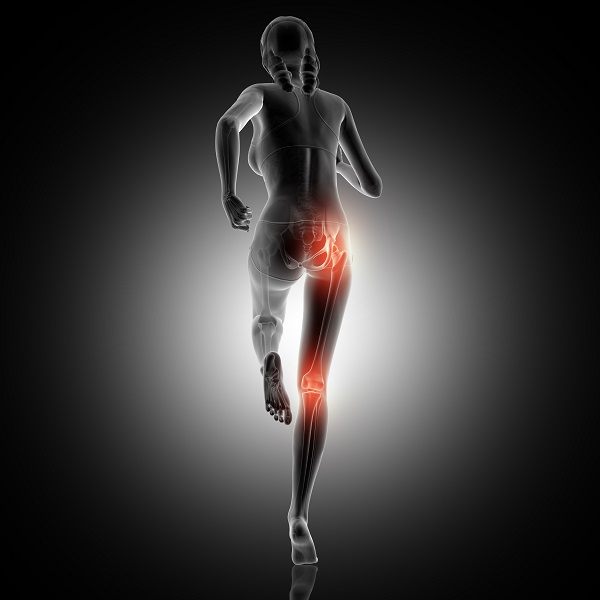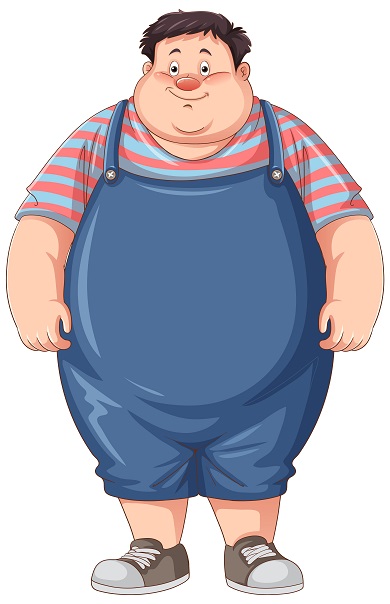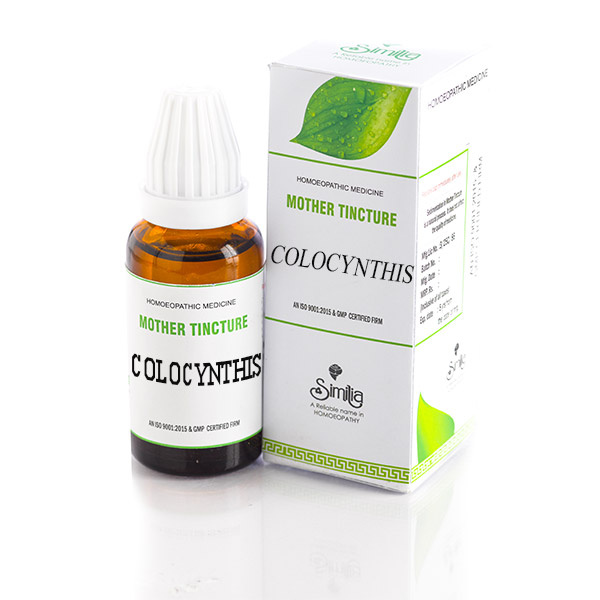
Homeopathic medicines for sciatica
Sciatica is a condition characterized by pain that radiates along the path of the sciatic nerve, which is the longest nerve in the human body. The sciatic nerve runs from the lower back, through the buttocks, and down the back of each leg. Sciatica typically affects only one side of the body. Homoeopathic treatment along with physiotherapy can be of great relief to the paitents

Causes
Sciatica occurs when the sciatic nerve becomes pinched, usually by a herniated disk in your spine or by an overgrowth of bone (bone spur) on your vertebrae. More rarely, the nerve can be compressed by a tumor or damaged by a disease such as diabetes.
Symptoms
The most common symptom of sciatica is pain that originates in the lower back or buttock and then radiates down the back of the leg. The pain can vary in intensity and may feel like a mild ache, a sharp and shooting pain, or even a burning sensation. Other common symptoms of sciatica include:
1.Numbness or tingling: People with sciatica may experience numbness or a pins-and-needles sensation along the affected leg or foot.
2.Muscle weakness: Weakness or difficulty moving the leg or foot may occur, making it challenging to walk or stand.
3.Pain worsened by specific activities: The pain may intensify when sitting, coughing, sneezing, or straining. Activities that involve prolonged sitting or standing, such as driving or working at a desk, may also exacerbate the symptoms.
4.Radiating pain: The pain usually follows the path of the sciatic nerve, which can extend from the lower back through the buttock and down the back of the leg. The pain can sometimes reach the foot and toes.
5. Muscle weakness: Weakness in the leg or foot muscles is another common symptom. It can manifest as difficulty lifting the foot, reduced ability to move the leg, or a feeling of heaviness in the affected limb. This weakness can impact mobility and coordination.
6.Worsening with certain activities: Sciatic pain may be exacerbated by specific activities that put pressure on the sciatic nerve. These activities can include sitting for prolonged periods, bending or twisting the spine, lifting heavy objects, or even coughing or sneezing.
It's important to note that sciatica itself is not a medical diagnosis but a symptom of an underlying condition such as a herniated disc, spinal stenosis, or degenerative disc disease , which can be easily handled by consulting a homeopath and taking homoeopathic medicines.
When evaluating a person with suspected sciatica, healthcare professionals typically consider several key points to help diagnose and manage the condition. These points include:
Risk factors
Age: As people age, the risk of developing conditions that can lead to sciatica, such as herniated discs or degenerative disc disease, increases. These age-related changes in the spine can put pressure on the sciatic nerve.
Occupation and lifestyle: Certain occupations that involve heavy lifting, prolonged sitting, or repetitive twisting and bending motions can increase the risk of developing sciatica. Similarly, a sedentary lifestyle with lack of regular exercise and poor posture can contribute to the development of sciatica.
Obesity: Excess body weight can put additional stress and pressure on the spine, increasing the risk of developing conditions that lead to sciatica. Obesity is also associated with inflammation and metabolic changes that can affect nerve function.

Genetics: There may be a genetic component to the development of sciatica. If you have a family history of spine-related conditions or sciatica, you may have an increased risk of developing the condition.
Previous spine-related conditions or injuries: Individuals who have had previous spine-related conditions or injuries, such as a herniated disc, spinal stenosis, or a spinal fracture, may be more prone to developing sciatica.
Diabetes: Diabetes can increase the risk of nerve damage, including damage to the sciatic nerve. People with diabetes may be more susceptible to developing sciatica.
Pregnancy: The changes that occur during pregnancy, including weight gain and hormonal fluctuations, can put pressure on the sciatic nerve and lead to sciatica in some women.
Evaluation of sciatica
1.Medical history: The healthcare provider will inquire about your symptoms, including the location, severity, and duration of pain. They will also ask about any previous injuries or medical conditions that may contribute to sciatica.
2.Physical examination: The healthcare provider will perform a physical examination to assess your range of motion, muscle strength, and reflexes. They may also perform specific tests, such as the straight leg raise test, to reproduce or worsen the symptoms and help identify the affected nerve root.
3.Imaging tests: In some cases, imaging tests may be ordered to visualize the spine and identify any underlying causes of sciatica. This can include X-rays, magnetic resonance imaging (MRI) scans, or computed tomography (CT) scans. These tests can help identify conditions such as herniated discs, spinal stenosis, or other structural abnormalities.
4.Electromyography (EMG): EMG measures the electrical activity of the muscles and nerves. This test can help determine if there is nerve damage or compression along the sciatic nerve pathway.
5.Differential diagnosis: Since there are various conditions that can cause similar symptoms to sciatica, the healthcare provider will consider other possible causes and rule them out. These may include muscle strains, hip joint problems, or referred pain from other areas.
6.Pain management: Once the diagnosis of sciatica is confirmed, your homeopathic doctor will discuss treatment options. This may include conservative measures such as rest, physical therapy, medications, and hot or cold therapy.
General management
Putting up with the pain: It is not advisable to simply tolerate the pain of sciatica without seeking medical attention. Ignoring the pain or hoping it will go away on its own can potentially lead to further complications or worsening of the condition. It's best to consult a healthcare professional for an accurate diagnosis and appropriate treatment plan.
Giving up exercise: While certain activities or exercises may need to be modified or avoided temporarily to prevent aggravating the symptoms, it is generally not recommended to completely give up exercise. In fact, regular physical activity, especially exercises that strengthen the core muscles and improve flexibility, can help alleviate sciatica symptoms in the long run. Consulting with a healthcare professional or physical therapist can help determine which exercises are safe and beneficial for your specific condition.
Exercising as normal: It is important to avoid overexertion or high-impact activities that can worsen the pain or put additional stress on the spine. However, gentle exercises and low-impact activities, such as walking, swimming, or stationary biking, may be beneficial for managing sciatica symptoms. It's crucial to listen to your body, start slowly, and gradually increase the intensity or duration of exercise as tolerated.
Not ditching the high heels: Wearing high-heeled shoes can potentially aggravate sciatica symptoms, as they can alter the natural alignment of the spine and increase pressure on the lower back. It is generally recommended to opt for supportive and comfortable footwear with low or moderate heels to minimize strain on the spine and promote better posture.

Homeopathic remedies
Homeopathic remedies are very effective in treating sciatica.
Colocynthis: This remedy is indicated for intense, shooting, or electric-like pains in the sciatic nerve that are aggravated by motion and relieved by hard pressure or bending forward. The pain may be associated with muscle cramps or spasms.

Gnaphalium polycephalum: This remedy is commonly used for sciatica with nerve pain that feels like electric shocks or shooting pains. The pain may be accompanied by numbness, tingling, or weakness in the affected leg.
Rhus toxicodendron: This remedy is indicated when the pain is worse on initial movement but improves with continued motion. It is often used for sciatica resulting from overexertion or straining, with stiffness and aching in the lower back and buttocks.
 S
S
Colchicum autumnale: This remedy may be considered when the sciatic pain is worse from the slightest motion or touch. The pain may be accompanied by stiffness and a feeling of weakness in the lower back and legs.
Magnesia Phosphorica. A reliable prescription for right-sided sciatica. The sciatica pain is cutting, shooting, stabbing or stitching in nature. Pain starts in the lower back and extends down the right hip, thigh, hollow of knee and leg.

There are many other homeopathic remedies that may be prescribed based on individual symptoms and characteristics. It's important to consult with a qualified homeopathic practitioner for a proper evaluation and personalized treatment plan.
Blog by Dr Noreen Naushad, Manufacturing Chemist, Similia Homoeo Laboratory.
3 Comments
Leave A Reply
Your email address will not be published. Required fields are marked *


Hailey Garcia
Friday 01st August 2025EFFECTIVE WAY TO GET YOUR HERPES CURE/MEDICINE ORDER FROM DR. ODUNGA HERBAL REMEDIES
Myme is Hailey Garcia and I am from New Jersey. After 2 years of trying other means to get rid of herpes, I had to contact Doctor Odunga to help me with a permanent cure. I saw his email and whats-app number from a testimony I read online from a lady who was also helped by him in curing infertility problems, I had faith and contacted him. He assured me of his work and I ordered his herbal medicine. Within 5 days, I didn't feel any pain anymore and within 2 weeks, my skin was all cleared and smooth. I am very grateful to you sir and I write this testimony as others have done to bring those having faith to you sir. If you have herpes or other similar disease and you want it cured, kindly contact Doctor Odunga, Whats-App (wa.me/+2348167159012) OR Email odungaspelltemple@gmail.com
Harika
Friday 11th April 2025This post is extremely radiant. I extremely like this post. It is outstanding amongst other posts that I’ve read in quite a while. Much obliged for this better than average post. I truly value it! <a rel="dofollow"href="https://medi9.in/back-pain/">homeopathy treatment for back pain</a>
Subhash Mehra
Monday 25th September 2023Name•
MEHRA, SUBHASH CHANDER
Date of Birth:
08/02/55
MAGNETIC RESONANCE IMAGING
4 lumbar type vertebral segments. Multilevel degenerative disease and disc bulge with superimposed left-sided L3-4 disc herniation causing mild eccentric left-sided spinal stenosis with suspected impingement of traversing left L4 nerve root.
Multilevel neural foraminal stenosis, as described